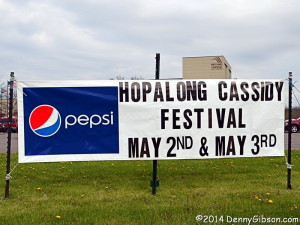 I don’t know where Hopalong Cassidy was born. I don’t even know if his creator, Clarence E. Mulford, ever gave Hoppy a past that included parents. But I do know that William Boyd, who portrayed the fictional cowboy in movies and on both TV and radio, was born in Hendrysburg, Ohio, and that once a year, the folks in nearby Cambridge, hold a festival bearing his name. This year, I was paying more attention than usual and managed to attend the festival for the first time.
I don’t know where Hopalong Cassidy was born. I don’t even know if his creator, Clarence E. Mulford, ever gave Hoppy a past that included parents. But I do know that William Boyd, who portrayed the fictional cowboy in movies and on both TV and radio, was born in Hendrysburg, Ohio, and that once a year, the folks in nearby Cambridge, hold a festival bearing his name. This year, I was paying more attention than usual and managed to attend the festival for the first time.

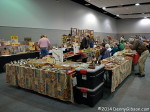
 One of the festival’s big attractions is the collectors exhibit. Virtually everything displayed is for sale but, as is typical, there is a lot more looking than buying. Movie posters, games and other toys, and just about everything else ever associated with the cowboy heroes of the middle third of the last century is in there somewhere.
One of the festival’s big attractions is the collectors exhibit. Virtually everything displayed is for sale but, as is typical, there is a lot more looking than buying. Movie posters, games and other toys, and just about everything else ever associated with the cowboy heroes of the middle third of the last century is in there somewhere.
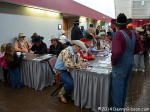
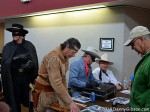 Cowboy and girl look-alikes are another major attraction. They spent a good deal of time behind tables signing photographs but they could also be seen just walking around the festival. It was easy to imagine a rancher’s wife turning to her husband and asking “Who were those masked men?”
Cowboy and girl look-alikes are another major attraction. They spent a good deal of time behind tables signing photographs but they could also be seen just walking around the festival. It was easy to imagine a rancher’s wife turning to her husband and asking “Who were those masked men?”
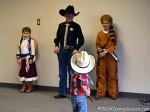
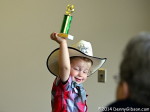 I was there on Saturday which was contest day. First up was the Little Buckaroo Contest. All four participants managed to win a trophy but most of the crowd would have probably been happy if every prize in the place had been awarded to the shy fellow in the second picture.
I was there on Saturday which was contest day. First up was the Little Buckaroo Contest. All four participants managed to win a trophy but most of the crowd would have probably been happy if every prize in the place had been awarded to the shy fellow in the second picture.
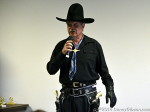
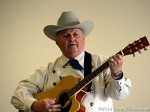
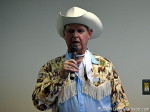 The look-alike contest was a little more serious but not much. When I saw the phrase “look alikes” on the festival schedule, I envisioned a town full of Hopalong Cassidys. That wasn’t the case at all and I believe that the only real duplication was two Lash Larues. This is a well organized and coordinated activity. There were two John Waynes but one was the eye-patch wearing Rooster Cogburn and the other represented Wayne from an earlier era. Two Lone Rangers marked a changing of the guard. The “blue” Ranger is retiring this year and was introducing the “red” Ranger who, in the future, will be the lone Lone Ranger. In my opinion, anyone who cannot identify the three hombres in the pictures had best stay away from festivals of this sort.
The look-alike contest was a little more serious but not much. When I saw the phrase “look alikes” on the festival schedule, I envisioned a town full of Hopalong Cassidys. That wasn’t the case at all and I believe that the only real duplication was two Lash Larues. This is a well organized and coordinated activity. There were two John Waynes but one was the eye-patch wearing Rooster Cogburn and the other represented Wayne from an earlier era. Two Lone Rangers marked a changing of the guard. The “blue” Ranger is retiring this year and was introducing the “red” Ranger who, in the future, will be the lone Lone Ranger. In my opinion, anyone who cannot identify the three hombres in the pictures had best stay away from festivals of this sort.
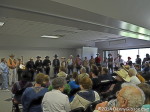
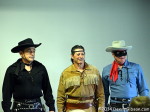 Getting all the contestants in a single picture wasn’t easy. That is an impressive line-up for sure. A panel of judges selected Lash Larue, Tonto, and the Lone Ranger as finalists then audience applause was used to select the winner. Maybe. All three rounds of applause sounded about the same to me and it’s just possible that first place was awarded to the Ranger partly for sentimental reasons. As I mentioned earlier, this is his last appearance and, although he promised he would be back at the festival next year, he will conceal his identity by not wearing a mask.
Getting all the contestants in a single picture wasn’t easy. That is an impressive line-up for sure. A panel of judges selected Lash Larue, Tonto, and the Lone Ranger as finalists then audience applause was used to select the winner. Maybe. All three rounds of applause sounded about the same to me and it’s just possible that first place was awarded to the Ranger partly for sentimental reasons. As I mentioned earlier, this is his last appearance and, although he promised he would be back at the festival next year, he will conceal his identity by not wearing a mask.
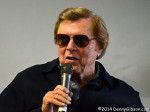
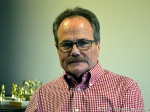
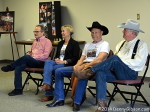 A third festival draw is this bevy of stars. That’s John Provost of Lassie, Roberta Shore and Don Quine of The Virginian, and Don Collier of High Chaparral in the group picture. Edd Byrnes of 77 Sunset Strip arrived shortly after the picture was taken. That’s John and Edd in the individual shots. Edd’s scheduled appearance got the most discussion when the festival came up a week or so ago. Friends wondered if the former Kookie still owned or needed a comb. I just take the pictures and leave it to others to decide if that hair is eighty years old and/or its natural color.
A third festival draw is this bevy of stars. That’s John Provost of Lassie, Roberta Shore and Don Quine of The Virginian, and Don Collier of High Chaparral in the group picture. Edd Byrnes of 77 Sunset Strip arrived shortly after the picture was taken. That’s John and Edd in the individual shots. Edd’s scheduled appearance got the most discussion when the festival came up a week or so ago. Friends wondered if the former Kookie still owned or needed a comb. I just take the pictures and leave it to others to decide if that hair is eighty years old and/or its natural color.
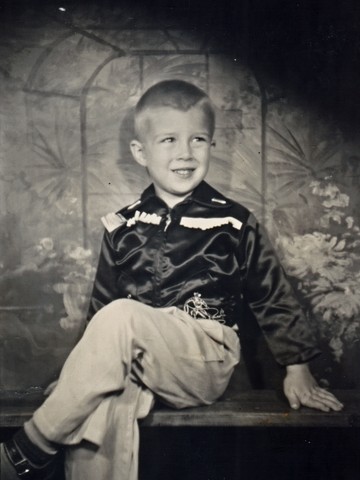 I don’t recall ever seeing a Hopalong Cassidy moving picture show in the theater but I was a big fan of the TV show. I remember having a Hopalong cap pistol and holster but my prized possession was a belt. It just now occurred to me that the belt and holster may have originally been a set but my memories are far too dim to say. The belt was black with a script “Hopalong Cassidy” and men on horses in white. I suspect that part of my belt focused favoritism was due to my being able to wear it full time whereas there were Mom defined limits on where I could tote a gun. The name and figures were merely printed on the black leather and were eventually rubbed away so the only a few flecks, none of which resembled a letter or a horse or much of anything else, were left. It was impossible to tell by looking that I accessorized my garb to honor Hoppy but I knew.
I don’t recall ever seeing a Hopalong Cassidy moving picture show in the theater but I was a big fan of the TV show. I remember having a Hopalong cap pistol and holster but my prized possession was a belt. It just now occurred to me that the belt and holster may have originally been a set but my memories are far too dim to say. The belt was black with a script “Hopalong Cassidy” and men on horses in white. I suspect that part of my belt focused favoritism was due to my being able to wear it full time whereas there were Mom defined limits on where I could tote a gun. The name and figures were merely printed on the black leather and were eventually rubbed away so the only a few flecks, none of which resembled a letter or a horse or much of anything else, were left. It was impossible to tell by looking that I accessorized my garb to honor Hoppy but I knew.
The belt’s buckle was stamped out of thin metal to imitate perfectly (I was certain) solid silver. It was always on my left side. Dad worked in a factory and wore his belt buckle on the side to keep it away from his work. I did the same for years and can’t remember when I stopped. I do remember one unintended result. On a visit to the big city (Greenville, Ohio, 2012 population 13,105), probably while Mom tended to my younger sister, I checked the light, looked both ways, and darted into the path of a turning car. It was moving slowly and stopped immediately but I was knocked to the ground. Mom, the driver, and everyone else in the area quickly clustered around me. A thorough examination revealed that my only “injury” was a red and slightly sore impression of the belt buckle on my side. Hopalong Cassidy saved my life.
My search for a picture with the belt came up empty so the best I can do is the shot of me with some sort of cowboy scene on my jacket. I’m not sure Hoppy would approve of the gaudy fringe but I know he would have liked the color.
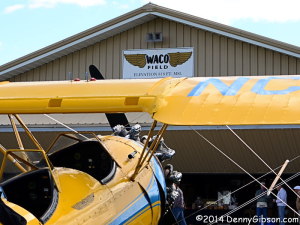 Troy, Ohio, was once home to the most successful airplane manufacturer in the world. That manufacturer, WACO Aircraft Company, ceased production in 1947 but the city keeps the memories alive with Historic WACO Field at the south edge of town. A museum, learning center, and runway see action all year long but the annual fly-in brings in quite a bit of extra action, particularly for the runway. I attended this year’s fly-in on Saturday, the middle of its three day run.
Troy, Ohio, was once home to the most successful airplane manufacturer in the world. That manufacturer, WACO Aircraft Company, ceased production in 1947 but the city keeps the memories alive with Historic WACO Field at the south edge of town. A museum, learning center, and runway see action all year long but the annual fly-in brings in quite a bit of extra action, particularly for the runway. I attended this year’s fly-in on Saturday, the middle of its three day run.
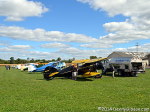
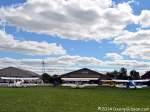 The dozen or so WACOs parked on the ground made a colorful and impressive display. I have the feeling that there were more of the planes here on my first visit to the fly-in in 2006 but I can’t quantify that and a dozen WACOs is still a lot of WACOs.
The dozen or so WACOs parked on the ground made a colorful and impressive display. I have the feeling that there were more of the planes here on my first visit to the fly-in in 2006 but I can’t quantify that and a dozen WACOs is still a lot of WACOs.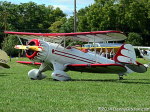
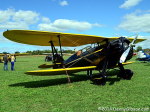 There were plenty of “don’t touch” reminders but attendees were otherwise free to walk among the airplanes for up close viewing. Only after I got home and started to prepare this post did I realize that it is likely that not all of those gorgeous planes I admired were vintage. It had somehow escaped me that the WACO Aircraft Corporation of Battle Creek, Michigan, started building reproductions of the WACO YMF in 1986. The reproductions have the word “classic” in their logo so I should have been able to easily identify them if I’d only known to look. On the other hand, it was probably better not knowing and believing that all those great looking machines were older than me.
There were plenty of “don’t touch” reminders but attendees were otherwise free to walk among the airplanes for up close viewing. Only after I got home and started to prepare this post did I realize that it is likely that not all of those gorgeous planes I admired were vintage. It had somehow escaped me that the WACO Aircraft Corporation of Battle Creek, Michigan, started building reproductions of the WACO YMF in 1986. The reproductions have the word “classic” in their logo so I should have been able to easily identify them if I’d only known to look. On the other hand, it was probably better not knowing and believing that all those great looking machines were older than me.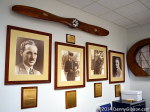
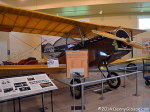
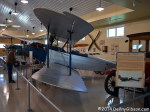 A tremendous increase in museum space since I was last here means that several airplanes, including some that were displayed outside in 2006, are now displayed under cover. Maybe that contributed, just a bit, to my sense of fewer WACOs on the field.
A tremendous increase in museum space since I was last here means that several airplanes, including some that were displayed outside in 2006, are now displayed under cover. Maybe that contributed, just a bit, to my sense of fewer WACOs on the field.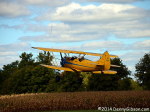
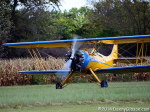
 A big attraction is the availability, for a fee, of rides in the open planes. Passengers, two maximum, sit in front of the pilot. These pictures show a vintage (no “classic” in the logo) WACO taxiing from its spot among the other aircraft, gaining speed down the grass runway, then smoothly rising above the corn. My guess is that that’s a buddy and not a paying passenger in the front compartment.
A big attraction is the availability, for a fee, of rides in the open planes. Passengers, two maximum, sit in front of the pilot. These pictures show a vintage (no “classic” in the logo) WACO taxiing from its spot among the other aircraft, gaining speed down the grass runway, then smoothly rising above the corn. My guess is that that’s a buddy and not a paying passenger in the front compartment.
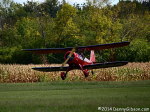
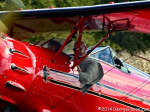 I’ll close with a 1993 WACO Classic YMF (I learned that later.) coming in with a pair of happy customers, seat backs in the upright position, sitting up front.
I’ll close with a 1993 WACO Classic YMF (I learned that later.) coming in with a pair of happy customers, seat backs in the upright position, sitting up front.
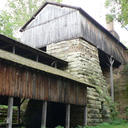
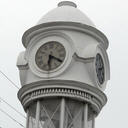
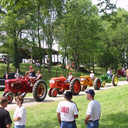
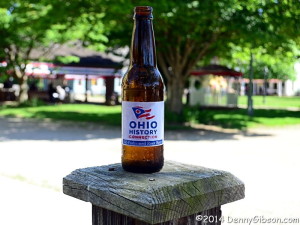
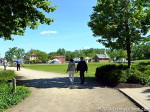
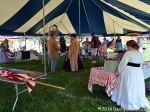
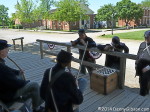
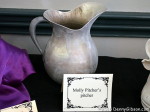
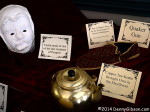
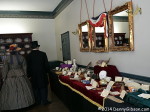

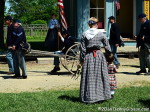
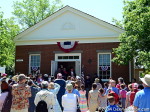

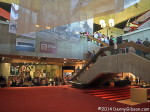
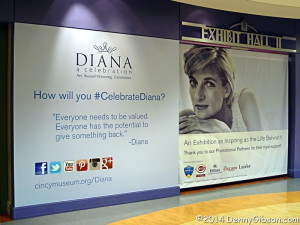
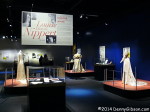
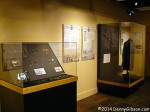
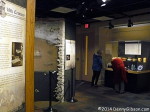

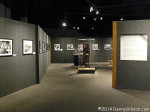
















 I don’t recall ever seeing a Hopalong Cassidy moving picture show in the theater but I was a big fan of the TV show. I remember having a Hopalong cap pistol and holster but my prized possession was a belt. It just now occurred to me that the belt and holster may have originally been a set but my memories are far too dim to say. The belt was black with a script “Hopalong Cassidy” and men on horses in white. I suspect that part of my belt focused favoritism was due to my being able to wear it full time whereas there were Mom defined limits on where I could tote a gun. The name and figures were merely printed on the black leather and were eventually rubbed away so the only a few flecks, none of which resembled a letter or a horse or much of anything else, were left. It was impossible to tell by looking that I accessorized my garb to honor Hoppy but I knew.
I don’t recall ever seeing a Hopalong Cassidy moving picture show in the theater but I was a big fan of the TV show. I remember having a Hopalong cap pistol and holster but my prized possession was a belt. It just now occurred to me that the belt and holster may have originally been a set but my memories are far too dim to say. The belt was black with a script “Hopalong Cassidy” and men on horses in white. I suspect that part of my belt focused favoritism was due to my being able to wear it full time whereas there were Mom defined limits on where I could tote a gun. The name and figures were merely printed on the black leather and were eventually rubbed away so the only a few flecks, none of which resembled a letter or a horse or much of anything else, were left. It was impossible to tell by looking that I accessorized my garb to honor Hoppy but I knew.
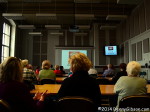
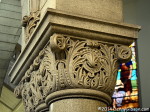
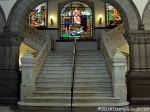
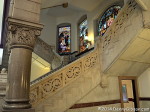

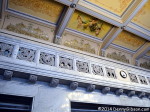

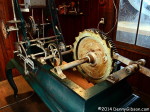
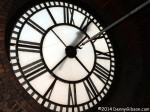
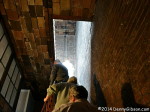

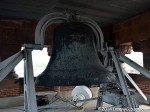
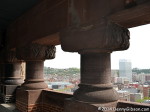
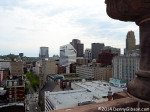
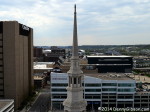


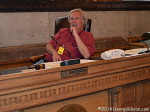


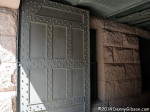
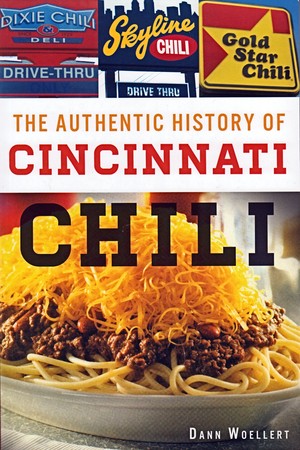 There is definitely a lot of information in this book. That’s why it’s here. I’ve often said that all my reviews are positive not because I like everything I read but because I see no reason to spend time reviewing something I don’t like. The Authentic History of Cincinnati Chili had me wavering. The subject matter is clearly in my strike zone. History? Check. Cincinnati? Check. Chili? Are you kidding? This looks like a book that could have been written specifically for me, right? Digging into it, however, was not quite as tasty as I thought it would be.
There is definitely a lot of information in this book. That’s why it’s here. I’ve often said that all my reviews are positive not because I like everything I read but because I see no reason to spend time reviewing something I don’t like. The Authentic History of Cincinnati Chili had me wavering. The subject matter is clearly in my strike zone. History? Check. Cincinnati? Check. Chili? Are you kidding? This looks like a book that could have been written specifically for me, right? Digging into it, however, was not quite as tasty as I thought it would be.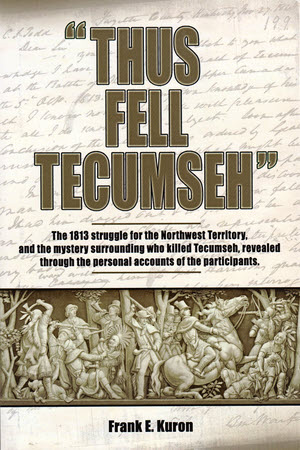 One of the few undisputed facts of Tecumseh’s life is the date of his death. The date of his birth is only known approximately and there are multiple possibilities for its location. He was born about March 1768 somewhere in the Ohio territory. It’s pretty much accepted that he met his end at the Battle of the Thames but that statement isn’t quite as precise as it might appear. While it is generally believed, as most reports indicate, that he died as a combatant in the battle, reports do exist that describe his death as an accidental shooting some distance away from the actual fighting. What no one questions is that Tecumseh was alive on the morning of October 5, 1813, and dead at the end of the day.
One of the few undisputed facts of Tecumseh’s life is the date of his death. The date of his birth is only known approximately and there are multiple possibilities for its location. He was born about March 1768 somewhere in the Ohio territory. It’s pretty much accepted that he met his end at the Battle of the Thames but that statement isn’t quite as precise as it might appear. While it is generally believed, as most reports indicate, that he died as a combatant in the battle, reports do exist that describe his death as an accidental shooting some distance away from the actual fighting. What no one questions is that Tecumseh was alive on the morning of October 5, 1813, and dead at the end of the day.